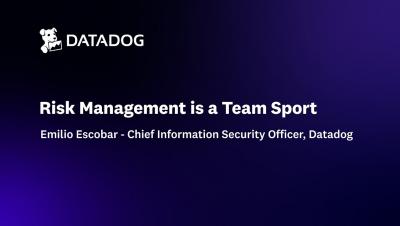Top Emerging Cybersecurity Threats (and How to Mitigate Them)
Just as your organization thinks it is prepared, new cyber threats appear. In March 2023, the European Union Agency for Cybersecurity (ENISA) published its list of the 10 top cybersecurity threats to emerge by 2030.





